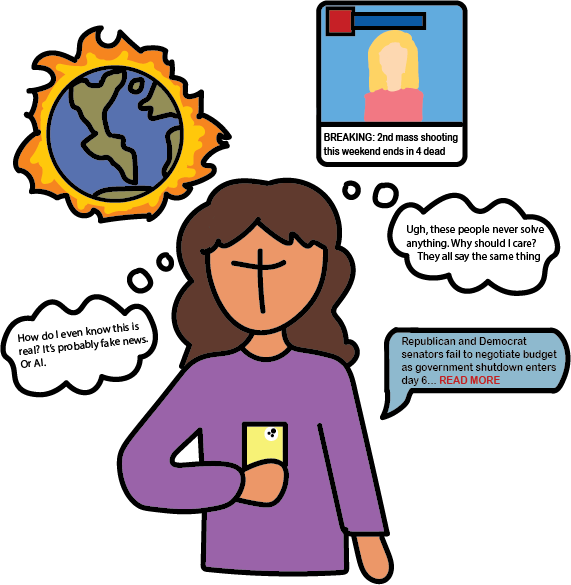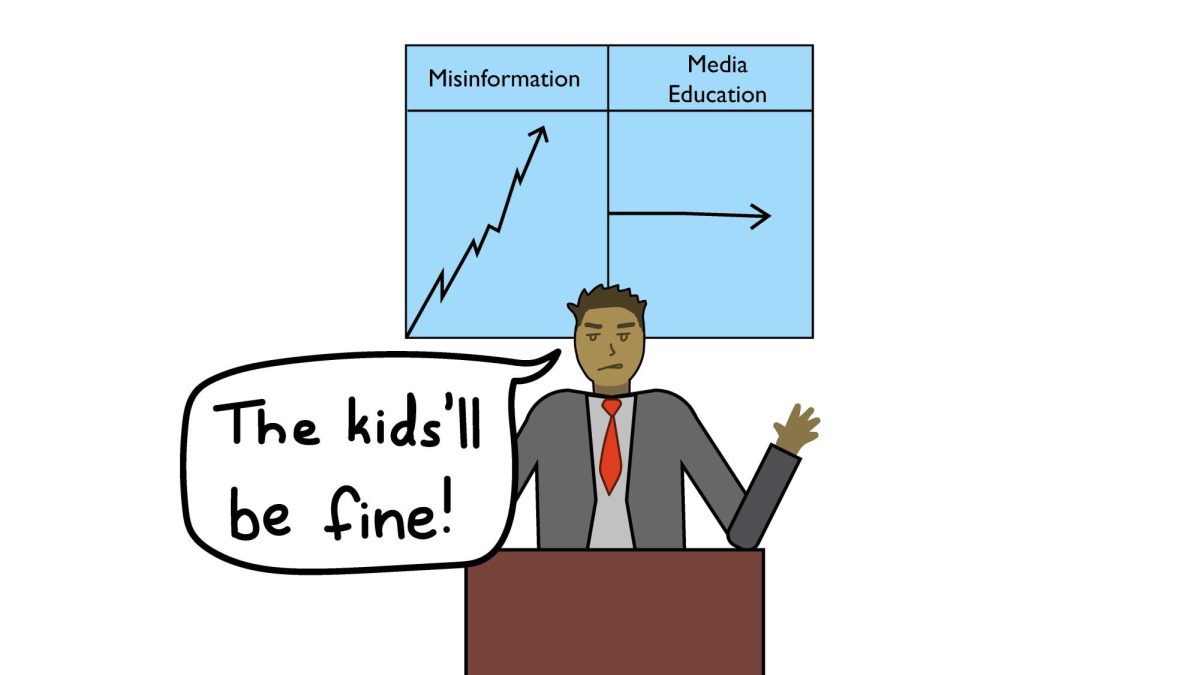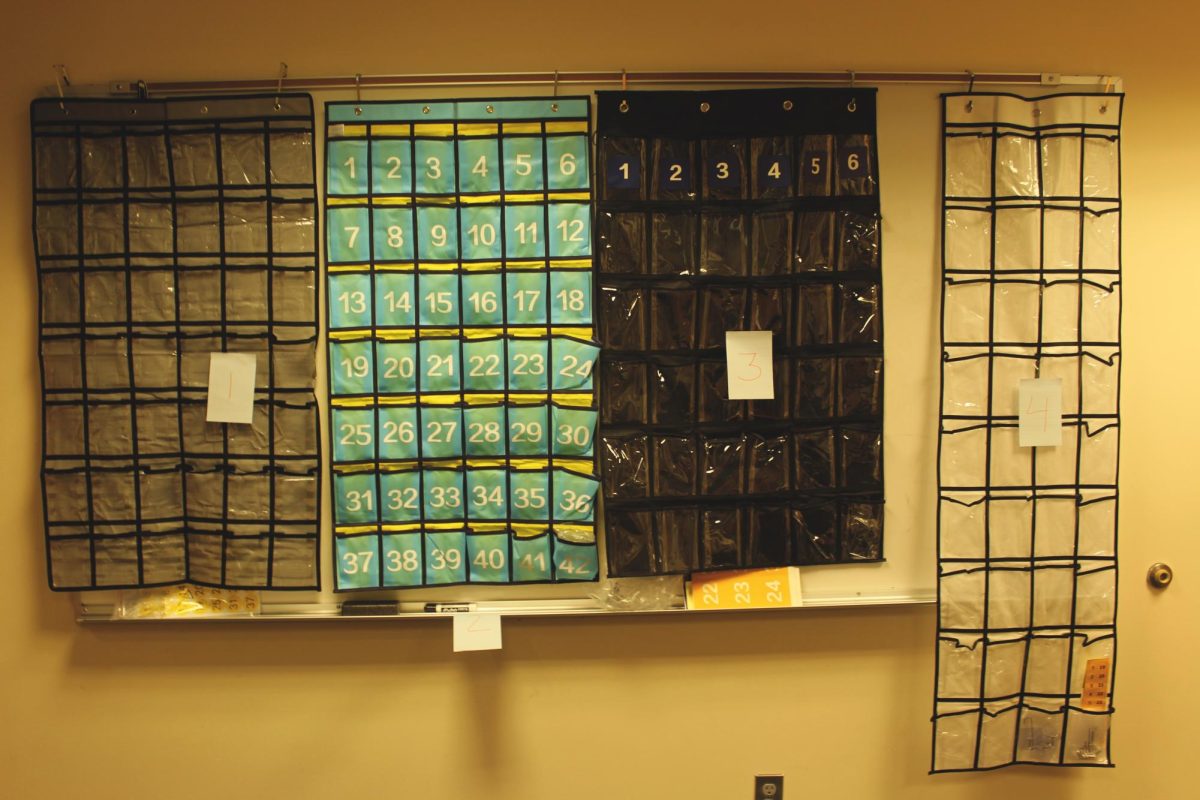As the class of 2025 finishes high school, many students are preparing for college, but the rising cost of university continues to be an issue for many. Tuition continues to rise, but financial aid hasn’t kept pace. More and more students are beginning to question whether college is worth the investment.
According to the National College Attainment Network, freshman enrollment for 2024-25 fell five percent. While there are multiple factors at play, cost of attendance is a logical deterrent. As more people receive degrees, the job market becomes more competitive, and the value of each degree declines. At the same time, the price of earning a degree keeps climbing. College is becoming too expensive for many students to justify.
Financial aid, meant to uplift students from lower socioeconomic backgrounds, has failed to keep up. The federal Pell Grant, critical to students with exceptional financial need, currently covers only a fraction of what it used to. The grant’s maximum for 2024-25 was $7,395 per year, compared to $12,973 in tuition to attend the University of Washington as an in-state student. In the 1999-2000 academic year, the grant had a maximum of $3,195, and UW’s in-state tuition was $3,638.
The imbalance between costs and aid compared to years past is impossible to ignore. This is part of why so many students graduate with debt, which can weigh them down for decades in extreme cases. According to a 2023 College Board report, 51% of students complete their degree with loans. In the same vein, a 2024 Pew Research Center study found that 47% of American adults think college is worth it without loans, and 29% believe it’s not worth it at all. These figures are representative of a growing lack of trust in institutions of higher education.
Ongoing debate remains about who should bear responsibility for the cost of college. Some believe that college should be free entirely, while others argue that students should pay for their education. The answer likely falls somewhere in the middle. Students should bear some responsibility for their degrees, but it’s neither realistic nor fair to ask 18-to-22 year-olds to make life-altering decisions when the support system is so broken. A more balanced solution would involve increased funding for universities, which has actually been slashed by the federal government recently, which will obviously worsen the problem. UW specifically cites the continued lack of funding as the primary factor in increased tuition prices. If tuition continues to rise at its current pace while aid lags behind, more students will opt out of college altogether, not because they want to, but due to socioeconomic factors out of their control.
College is still a valuable opportunity and experience for lots of students, but it will only be truly equitable if it is accessible to everyone. A system that consistently prices out many students will only serve to widen existing inequalities. As costs continue to rise, colleges and lawmakers must seriously consider what kind of future they want for the next generation.
Higher education should be a bridge to a brighter future, not a financial gamble. Unless tuition becomes more affordable and aid more effective, fewer and fewer students will have college as a realistic option. If we continue treating education as a luxury, fewer people will be able to access what was once considered — and what colleges and employers claim to consider — a necessity.
















